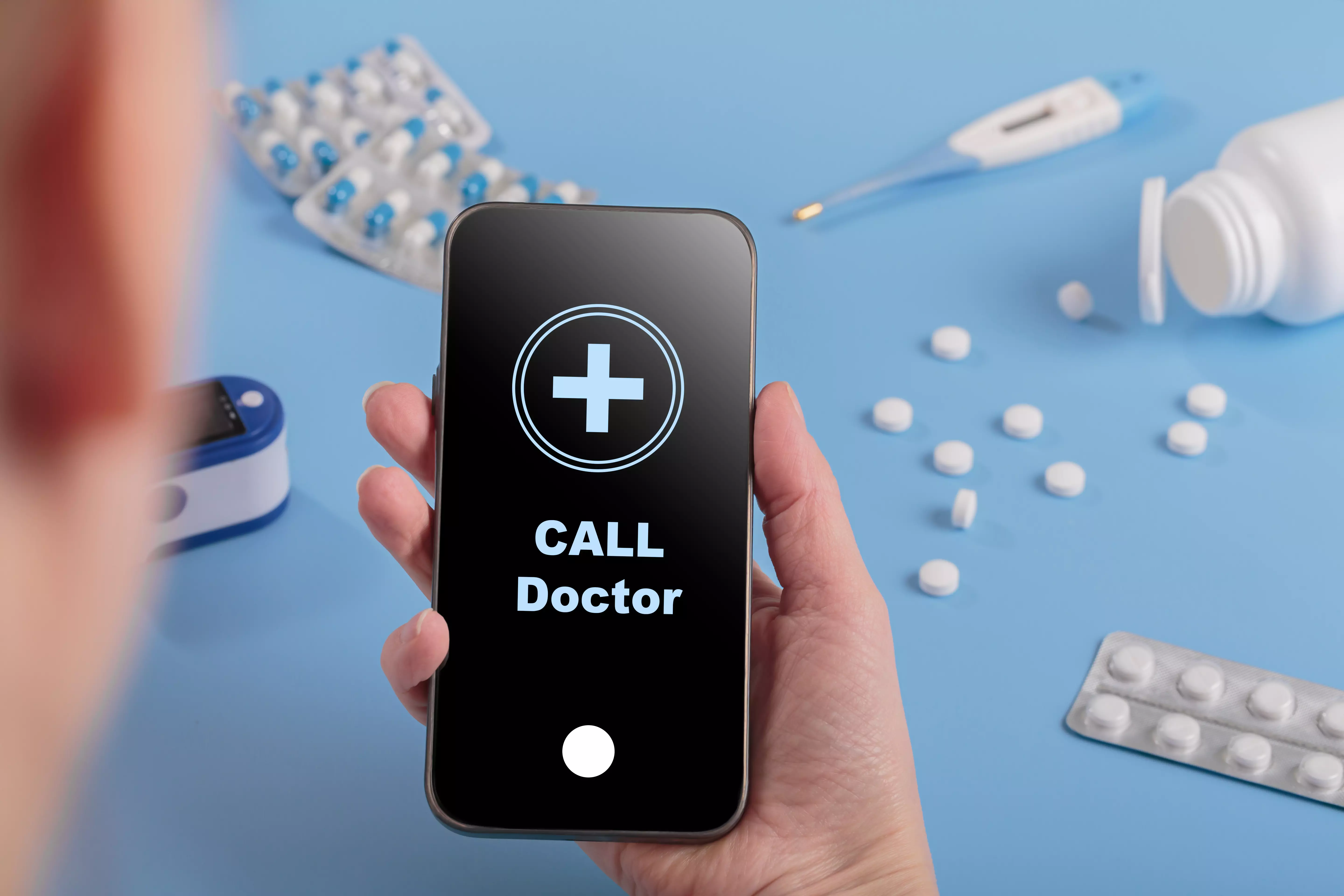The use of telemedicine technology in comprehensive health care
Health care is an integral part of our lives. Each of us has used a doctor or other specialist at least once in our lives. However, the growing number of patients and limited medical resources mean that there is a growing need for innovative solutions in the healthcare sector. One such solution is telemedicine, which makes it possible to provide medical services at a distance using communications technology.
What exactly is telemedicine?
Telemedicine is a field of medicine that uses telecommunications technology to provide medical services at a distance. This allows patients to consult a doctor, receive a diagnosis and even a prescription for medication without leaving home. Telemedicine also makes it possible to monitor patients' health on an ongoing basis, without the need for frequent visits to clinics or hospitals.
The use of telemedicine can bring many benefits to both patients and the health care system. Thanks to teleconsultations, doctors can reduce waiting times and increase the availability of medical services. Patients, on the other hand, gain the freedom to consult a doctor without having to travel or wait long in line. In addition, telemedicine can contribute to the efficiency of the health care system by reducing hospitalization times and the risk of infection in hospitals.
What are the most important technologies used in telemedicine?
Telemedicine uses various technologies to enable the delivery of medical services at a distance. One of the most important tools is teleconferencing, which allows doctors and patients to communicate in real time. It allows teleconsultation, during which a doctor can assess a patient's condition, ask questions about symptoms or consult test results. An important element of telemedicine is also an online platform where patients can make appointments, send test results or receive e-prescriptions.
Other popular technologies used in telemedicine are telemonitoring and telecare. These allow patients to be monitored in real time, and doctors to receive information about a patient's health status without the need for an in-person visit. Telemonitoring allows vital signs, such as blood pressure or blood sugar levels, to be tracked by special devices that the patient carries with them. Telecare, on the other hand, is a healthcare system implemented through medical devices that are connected to an online platform. This allows doctors to provide medical services remotely, such as giving advice or providing treatment information.
What are the limitations and challenges of telemedicine?
Despite the many benefits of telemedicine, there are also some challenges and limitations associated with its use. The first is the issue of medical data security. Sending a patient's health information over the Internet can lead to privacy breaches and the possibility of hackers. Therefore, it is extremely important to use appropriate security measures, such as data encryption and the use of anti-virus software.
Another challenge is the need to properly train medical personnel. Telemedicine requires doctors and nurses to be familiar with modern technologies and to be able to operate online platforms. In addition, it is important to maintain appropriate ethical and legal standards when performing teleconsultations or telemonitoring. Patients must be assured that their data is protected and that their doctors are qualified.
In conclusion, telemedicine is an innovative solution that brings many benefits to both patients and the healthcare system. Thanks to the use of modern technology, it is possible to provide medical services remotely, which translates into shorter waiting times for appointments, increased availability of services and improved efficiency of the healthcare system. However, in order for telemedicine to function effectively, it is necessary to train staff, apply appropriate safeguards and maintain appropriate ethical and legal standards.
